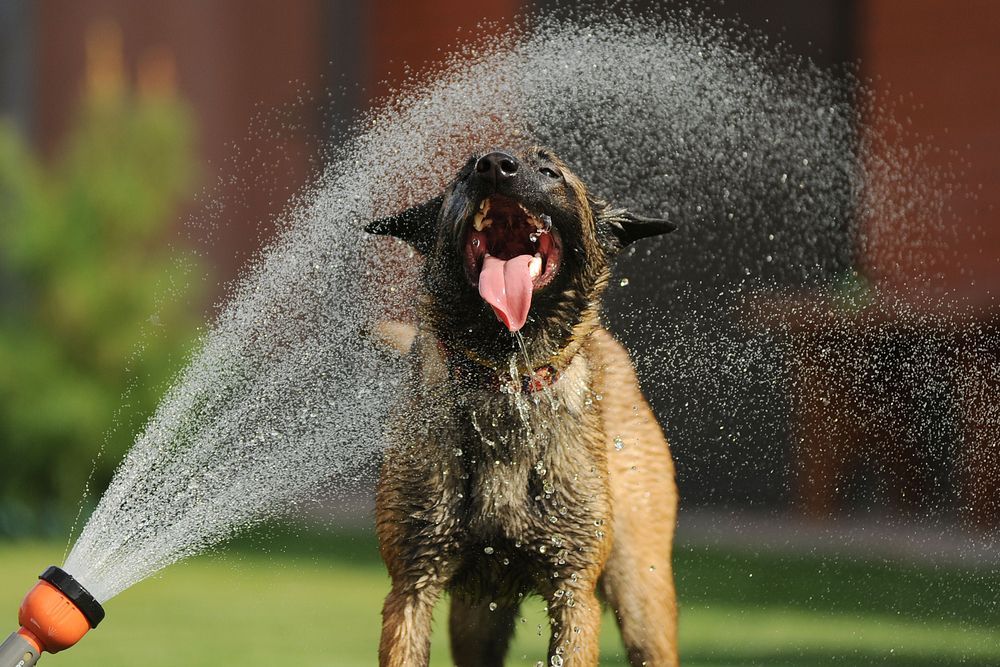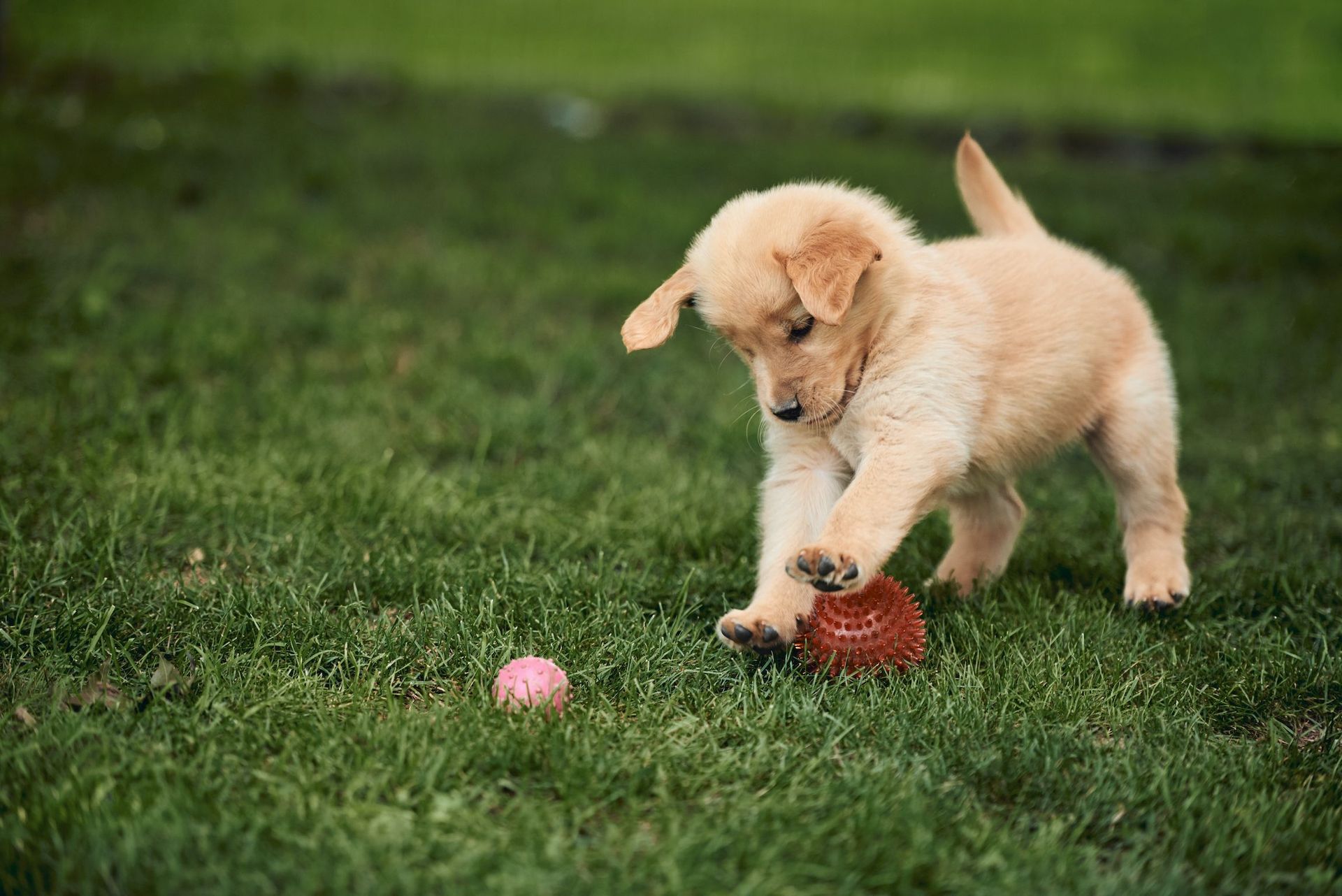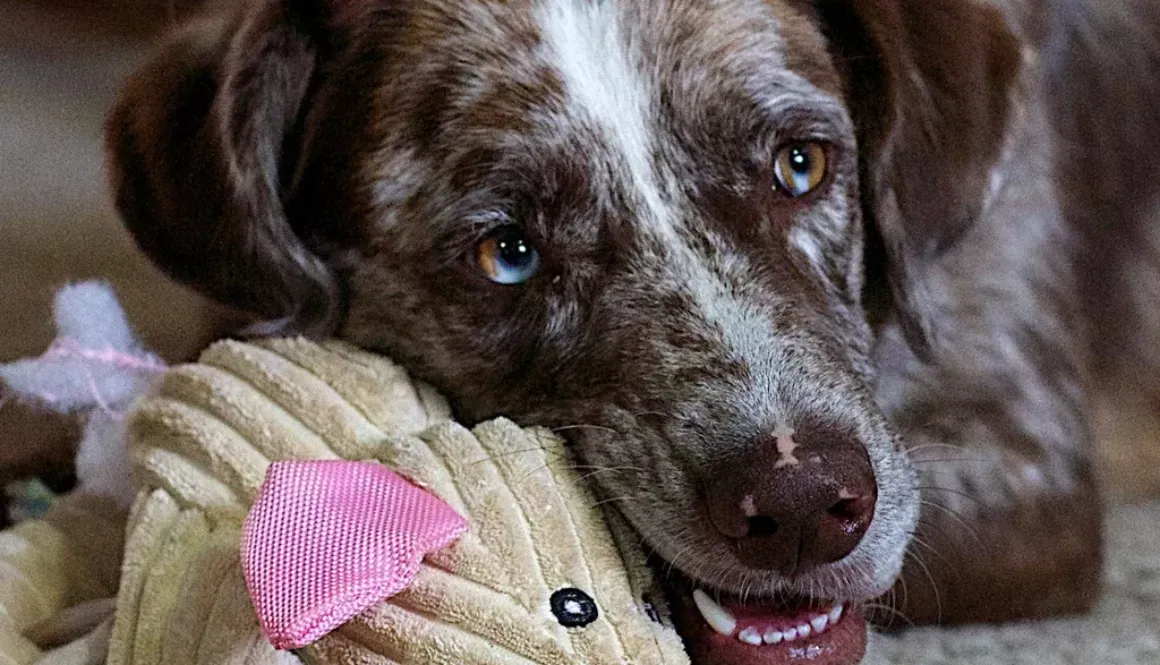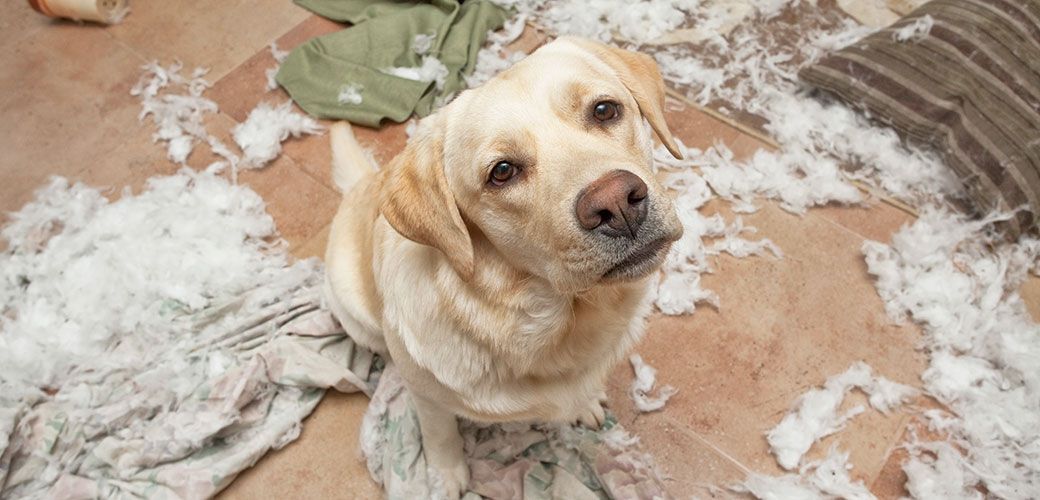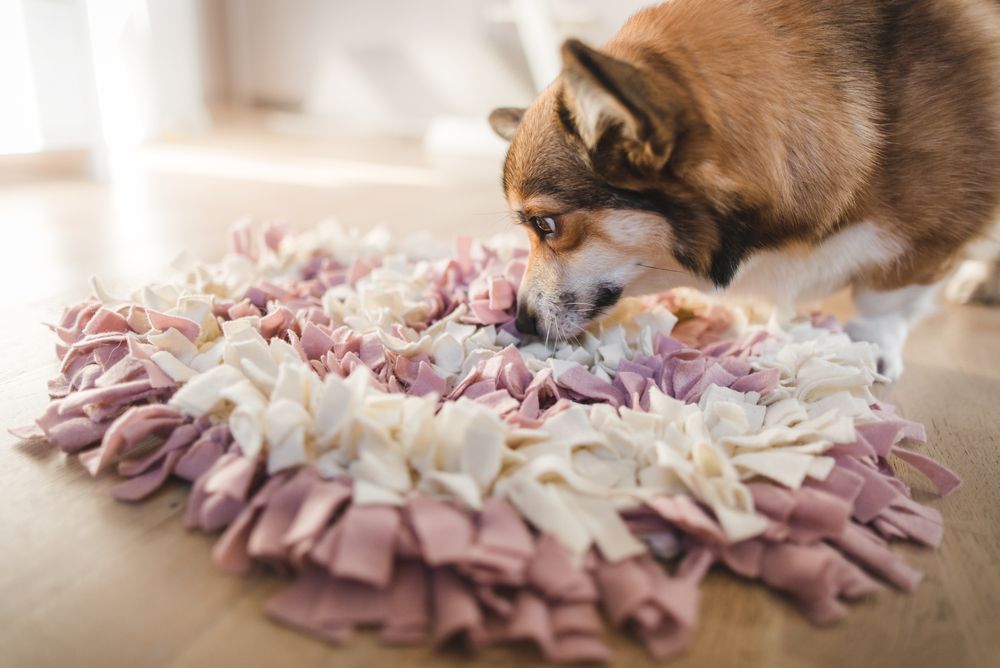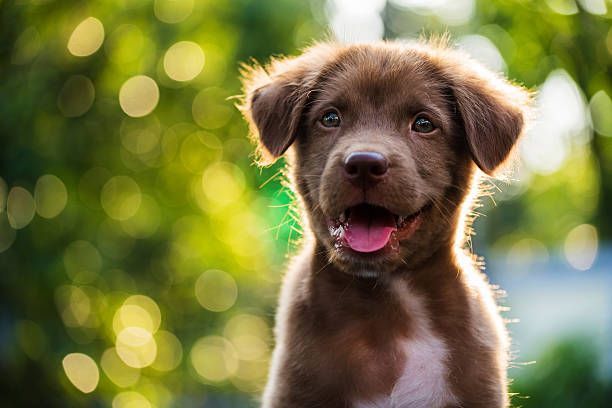Planning Ahead Is Important: How to Introduce Your Dog to Your New Baby Safely
Welcoming a new baby into your family is such an exciting milestone, but for your dog, it's a major change, too. Careful preparation, delivered gradually and thoughtfully, can help your dog adjust smoothly and keep your new baby safe, comfortable, and happy.
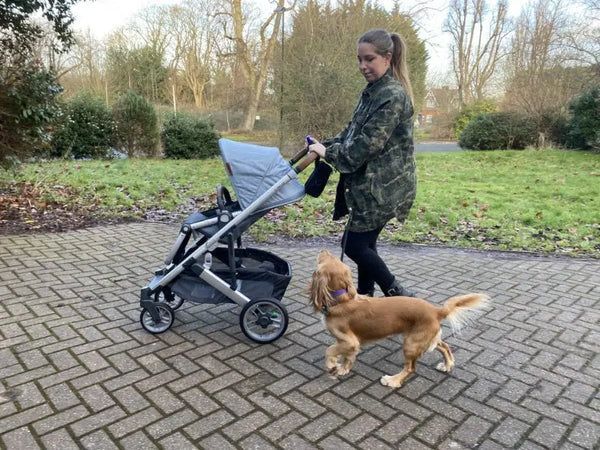
Pre‑Baby Preparations: Set the Scene Early
1. Slowly shift routines
Around a month or more before due date, begin adjusting your dog’s daily schedule, walking times, feeding times, play sessions, so they become familiar with the new rhythm. When baby arrives, the transition will feel less abrupt.
2. Introduce baby scents and sounds
Have someone bring home a blanket or clothing used by the newborn in hospital so your dog can sniff and explore it calmly. Play recordings of baby crying, cooing, and gurgling at low volume, gradually increasing over time.
3. Let them practise with baby gear or a doll
Carry a lifelike baby doll wrapped in a blanket around the house, giving attention to the “baby” to help your dog get used to the sight and handling. Reward calm, paws‑down behaviour automatically.
4. Reinforce basic obedience training
Ensure your dog responds reliably to
sit,
stay,
leave it,
settle, and recall, even while walking with a pram or stroller. These foundations give you control and confidence during interactions.

Meeting Baby: First Introductions Matter
5. Plan the big day carefully
When bringing baby home, it helps if someone takes your dog for a walk beforehand so they’re calm. Greet your dog first before the baby, this avoids over‑excitement with the new arrival.
6. Use a calm environment and leash
Choose a quiet, neutral room, not the nursery. Have your dog on a leash and let them sniff gently from a safe distance (keep the baby off the floor, in your arms or a carrier). Reward composure generously.
7. Celebrate gentle curiosity
Every time your dog behaves calmly around the baby—sitting quietly, keeping paws on the floor, offer treats, praise, or a favourite toy. Make the baby a positive association.
8. End early if tension arises
Keep initial interactions short and sweet. If your dog shows signs of anxiety, fear or over‑excitement, pause and resume later. Never punish, they're just trying to cope.
Around the House: Safety & Boundaries
9. Never leave dog and baby alone together—not even briefly
Constant supervision is essential. Even well‑behaved dogs can react unpredictably, especially if startled or unwell.
10. Use baby gates and dog-only zones
Install gates at the nursery or other rooms where baby sleeps. Provide your dog with a safe retreat, crate, bed or quiet corner, where they can rest without disturbance.
11. Separate eating areas
Dogs may grow protective over food. Ensure your dog eats in peace without baby proximity. Work on
leave it so they calmly ignore the baby’s toys or pacifiers.
Every Dog Is Different — Seek Expert Help When Needed
Each dog has a unique temperament, background, and sensitivity. Some adapt quickly; others may show anxiety or even aggression:
- Watch their body language carefully.
- If you notice fear, stress, territorial marking, or aggression, consult a certified behaviourist or vet early.
- A professional can guide you through personalised strategies: muzzle training, controlled exposure, or step‑by‑step desensitisation.
Final Thoughts
Introducing your dog to a new baby takes patience, preparation, and understanding. Safety is paramount, never allow unsupervised access, respect boundaries, and reinforce calm behaviour. But with the right foundation, and possibly professional guidance, your dog and baby can form a strong, loving bond.
Every dog responds differently. So if there's any uncertainty, reach out to a trainer or animal behaviourist early rather than risk stressful encounters later.

